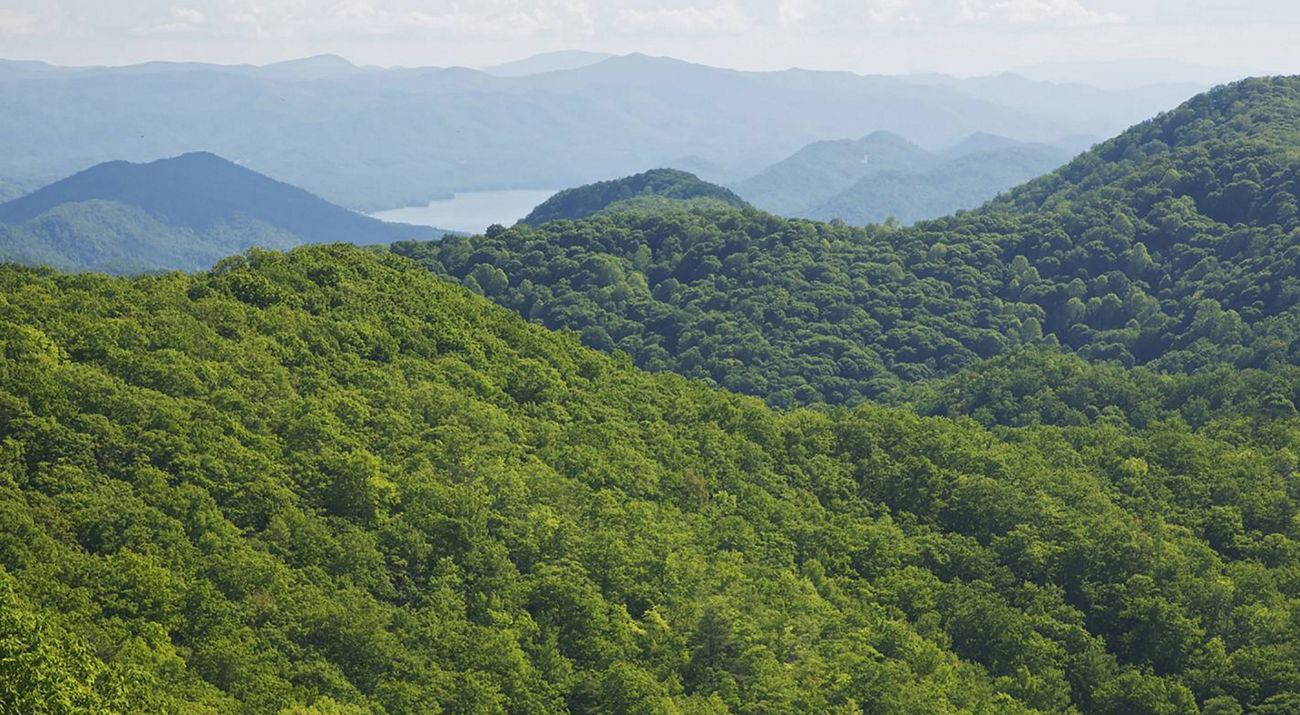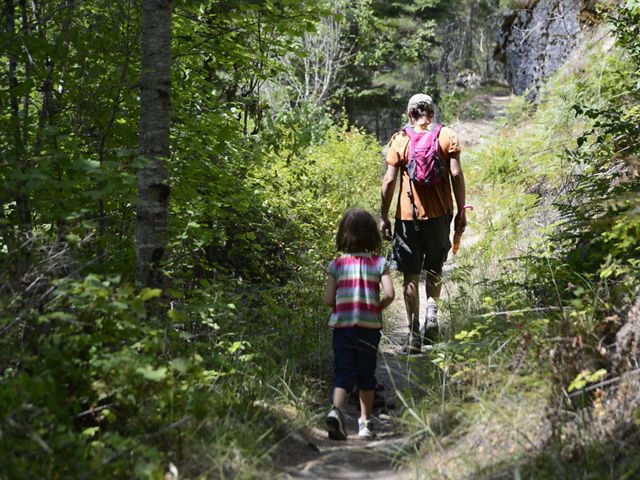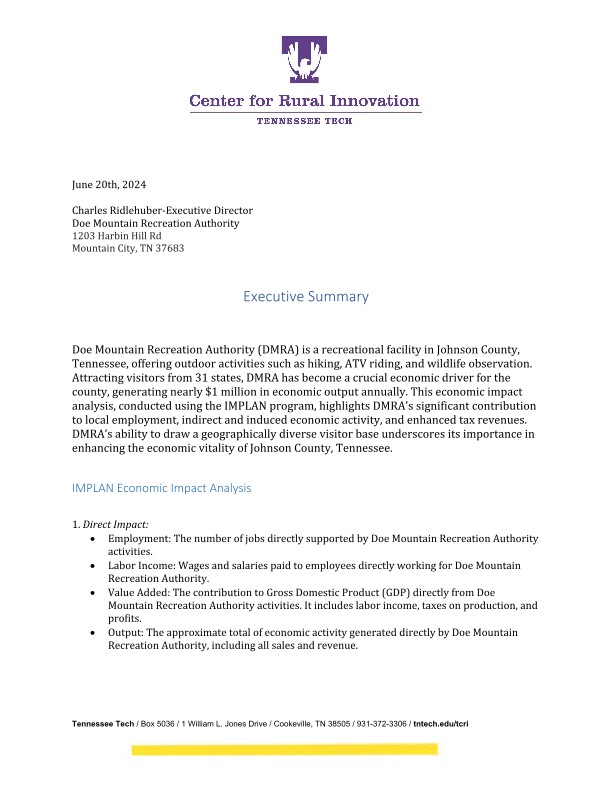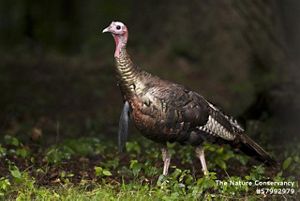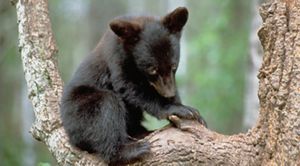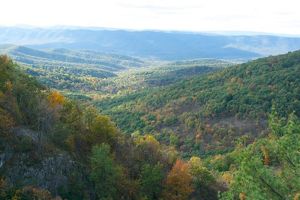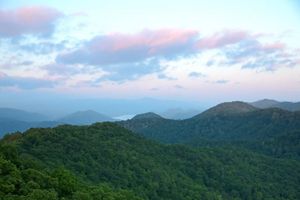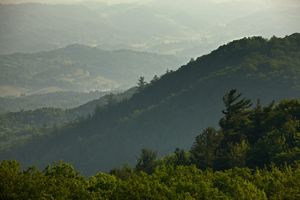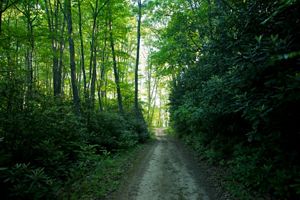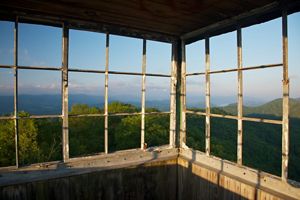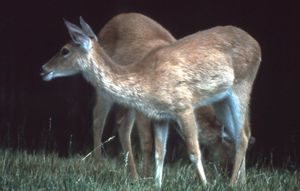Description
In 2012, The Nature Conservancy collaborated with the state of Tennessee and Johnson County leaders to acquire what now comprises the Doe Mountain Recreation Area which was, at the time, one of the largest remaining privately owned blocks of forest in the Southern Blue Ridge region. The partners pursued this acquisition as the property was headed to auction due to bankruptcy and vulnerable to being sold for timber clear cutting. Instead, TNC and then-Lieutenant Governor Ron Ramsey worked to create the Doe Mountain Recreation Area board, which pursued a vision of bringing economic opportunities to Johnson County by balancing outdoor recreation and land conservation. Today, the 8,600-acre property is managed by the Doe Mountain Recreation Authority (DMRA) under the direction of its board, on which TNC sits.
Doe Mountain’s more than 60 miles of trails support a multi-use recreational destination that draws outdoor enthusiasts from several states for hiking, mountain biking, horseback riding, an archery and axe-throwing range, and low-impact ATV touring. The highest peak at Doe Mountain is approximately 3,900 feet above sea level. The property—together with surrounding Southern Appalachian forests—also supports some 40 rare plants and animals as well as plentiful deer, turkey, black bear and other species.
